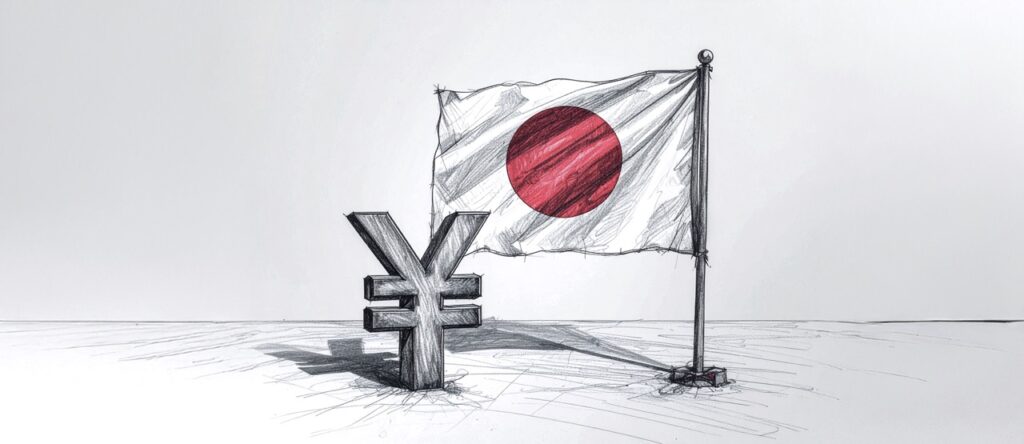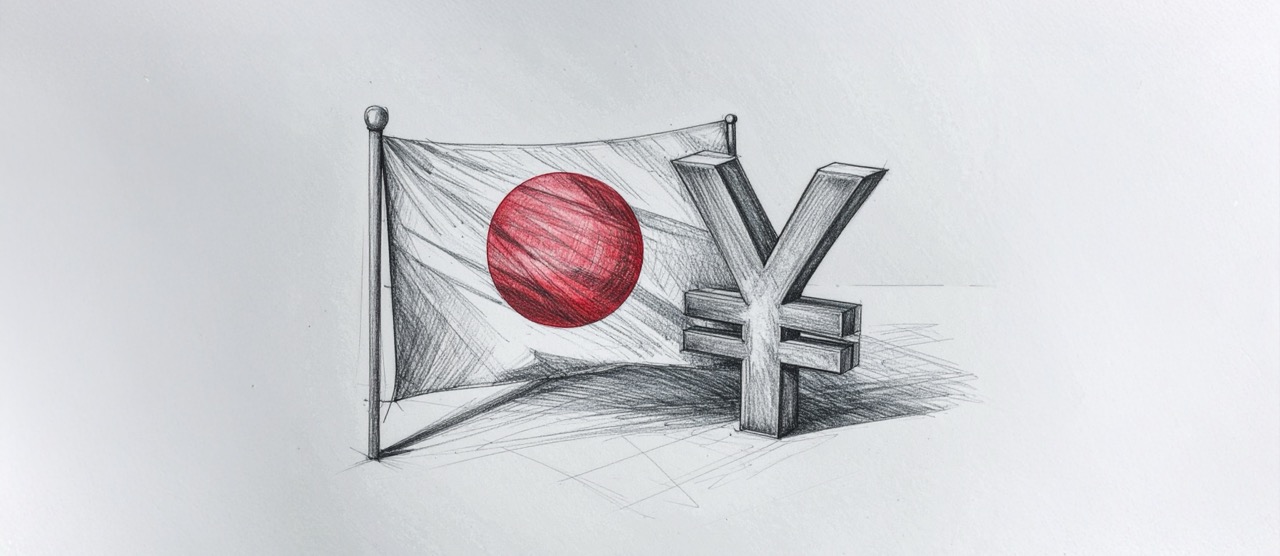Strategic Long-Term Investment in Japanese Trading Houses
| By Eliana Pisons |
Warren Buffett, the legendary investor and CEO of Berkshire Hathaway, has highly endorsed Japan’s major trading houses, known as sōgō shōsha, in face of tariff uncertainty in the United States. These diversified conglomerates play a pivotal role in Japan’s economy, engaging in a wide array of businesses from commodities trading to complex project investments. Buffett’s endorsement underscores the strategic value and resilience of these trading houses in the global market, while also raising the prospect of increased stability or value possibilities abroad amid growing macroeconomic uncertainty in the United States.
Sōgō Shōsha: Economic Resiliency from Business Diversity
The term sōgō shōsha refers to Japan’s general trading companies. Unlike trading companies that specialize in specific products, sōgō shōsha operate across various sectors, including commodities, shipping, steel, logistics, and international resource exploration. The major houses include:
Mitsubishi Corporation
Mitsui & Co.
Itochu Corporation
Sumitomo Corporation
Marubeni Corporation
What sets these companies apart globally is their integrated approach to business, as financiers, investors, and operators. Unlike other Western conglomerates that have a narrow focus on specific industries, the Japanese model centralizes diverse industries under one roof, allowing for cross-sector risk assessment and strategic planning.

Buffett’s Investment Strategy
Buffett’s interest in Japanese trading houses began in 2019, with Berkshire Hathaway acquiring approximately 5% stakes in each of the five major sōgō shōsha. By the end of 2024, these stakes had increased to as high as 9.8%, totaling $23.5 billion in investments. These are Berkshire Hathaway’s Stakes:
9.82% of Mitsui & Co.
9.67% of Mitsubishi
9.29% of Sumitomo Corp.
8.53% of Itochu
9.30% of Marubeni
Buffett has expressed a long-term commitment to these investments, stating that he envisions holding them for the next 50 years or longer. He appreciates the companies’ diversified operations, shareholder-friendly policies, and consistent dividend increases.
To finance these investments and mitigate currency risks, Berkshire Hathaway issued yen-denominated bonds, aligning with a strategy that seeks currency neutrality. This strategy enables Buffett to safeguard himself against foreign exchange swings while remaining secure in Japan’s economic long-term stability.
Challenges in Japanese Corporations
Despite their strengths, Japanese trading houses face challenges such as employee turnover and the need to modernize corporate cultures. Reports indicate that even with attractive compensation, some employees leave due to a perceived lack of challenging work and a closed corporate atmosphere.
Corporate governance is a major issue. While the Tokyo Stock Exchange and worldwide investors have pressured Japan to enhance Return on Invested Capital (ROIC) and Return on Equity (ROE), internal resistance to more aggressive, risk-taking tactics remains. Hierarchical decision-making systems can reduce responsiveness in fast-paced global markets.
When trading firms invest more in infrastructure projects abroad, they become more vulnerable to political unrest, regulatory changes, and global supply chain disruptions. Japan’s aging population and diminishing domestic workforce pose long-term operating challenges, especially for enterprises that rely significantly on domestic consumption and human resources.
Modeling Adaptability: Exporting Japan’s Business Blueprint
Warren Buffett’s substantial investments in Japan’s sōgō shōsha reflect his confidence in their long-term value and strategic importance. As these trading houses continue to evolve and adapt to global economic trends, they are a great opportunity for investors seeking stable, long-term growth. However, their success will rely on deeper structural reforms, employee retention strategies, and their ability to be adaptable in a complex geopolitical and economic landscape. This attention raises the question of whether this model is unique to Japan, based on cultural and institutional contexts, or if it can be replicated and applied by others. Buffett’s move may reflect his respect for this model and focus on Japan’s broader potential as a global economic leader.

The illustrations in this article were created using an AI image generator. All illustrations are ©Intelliwings.



